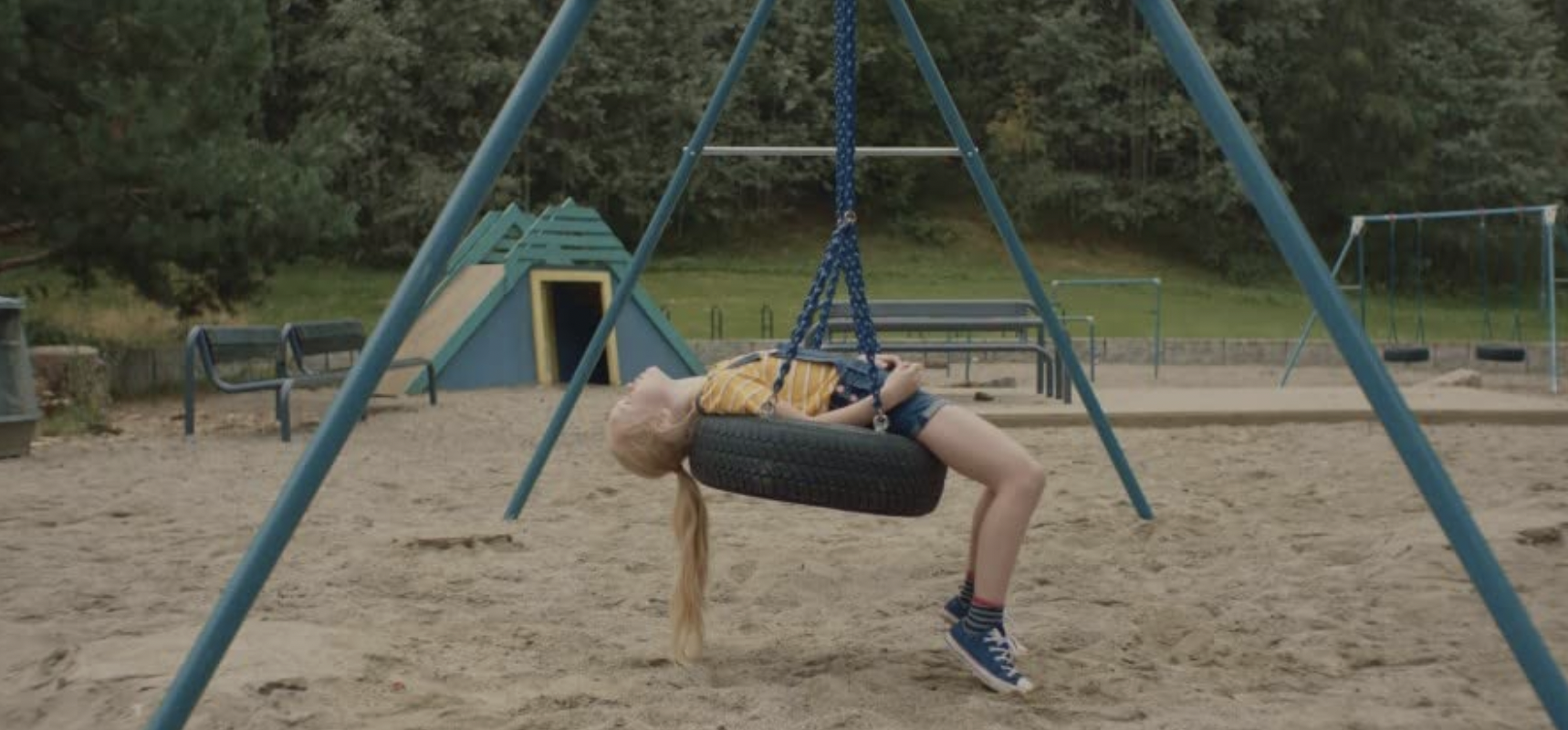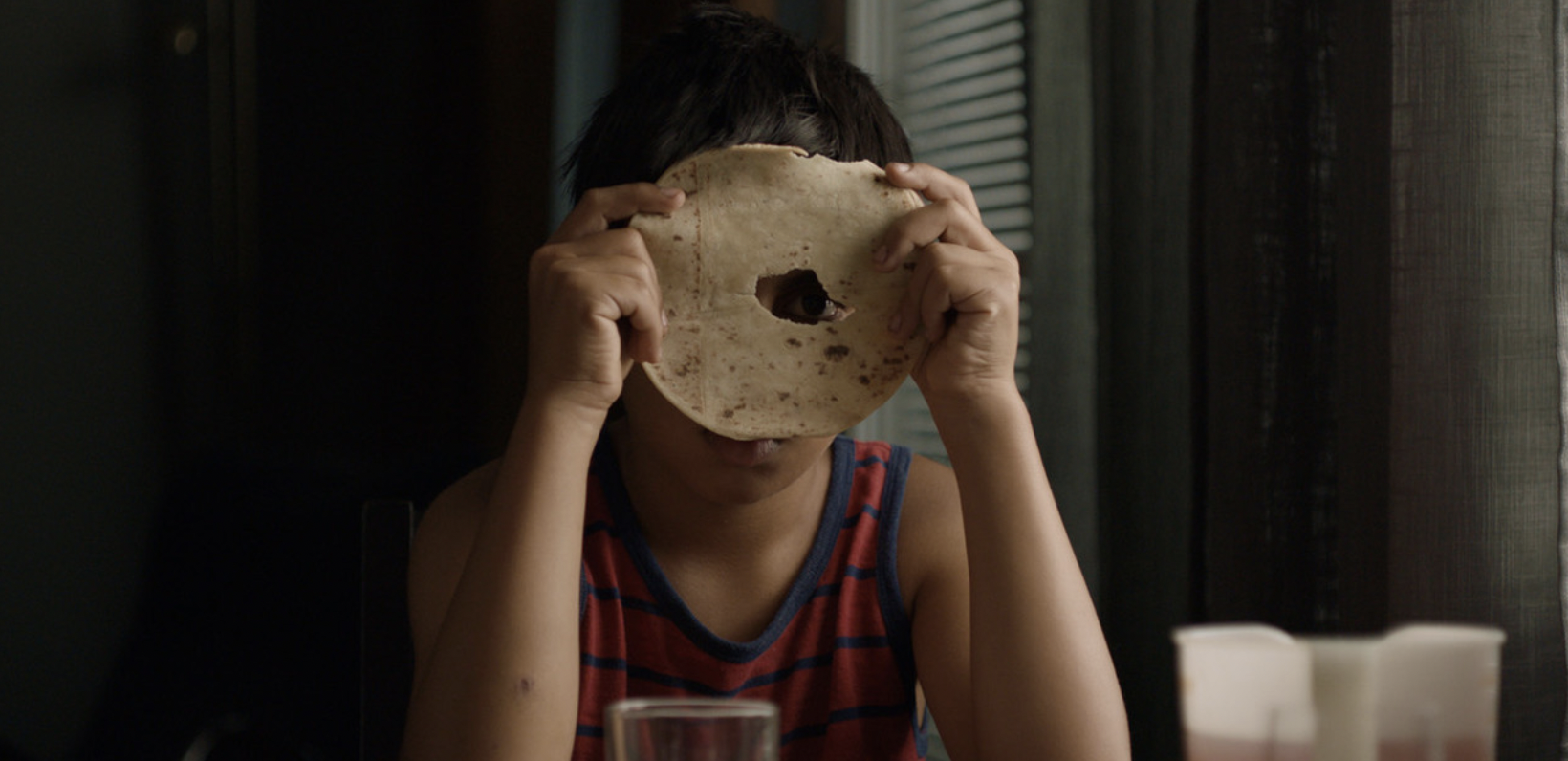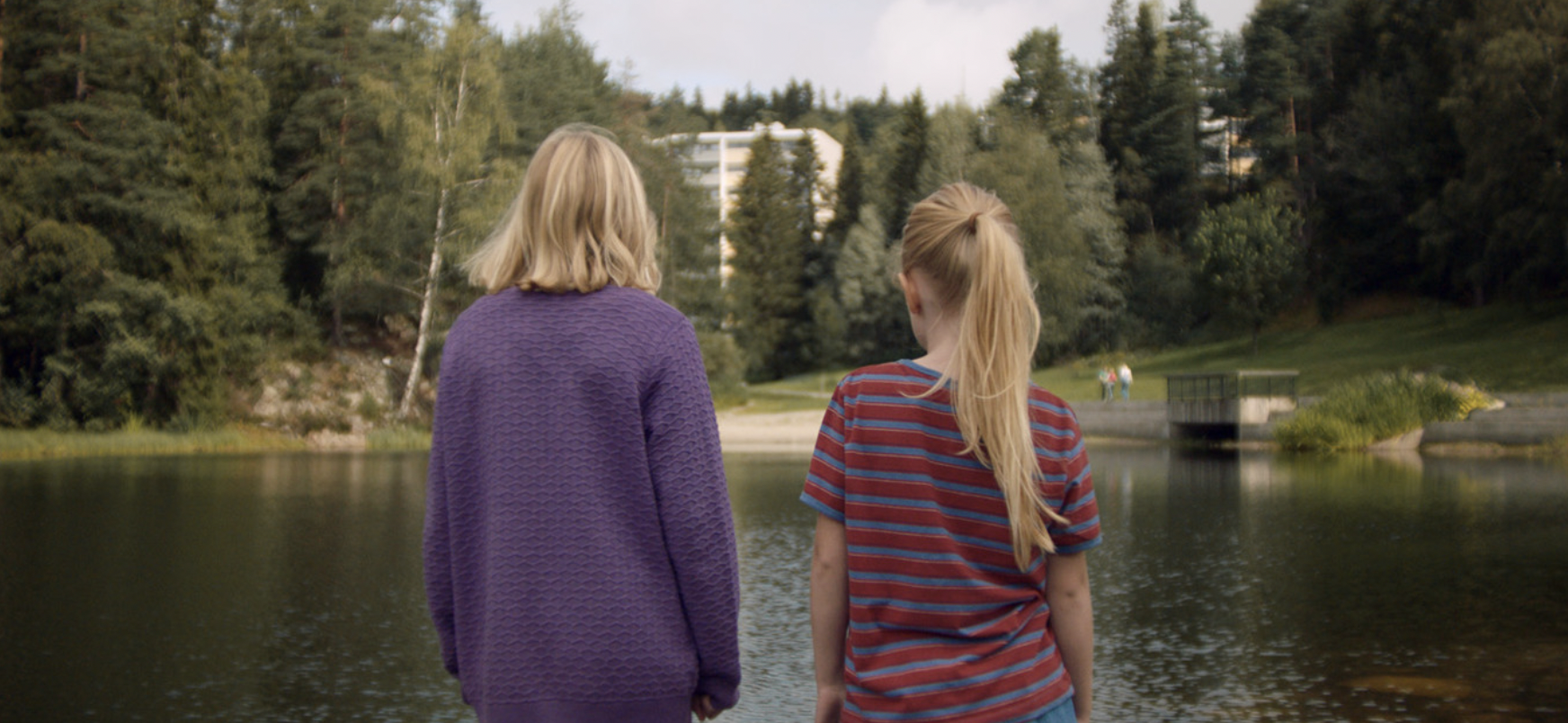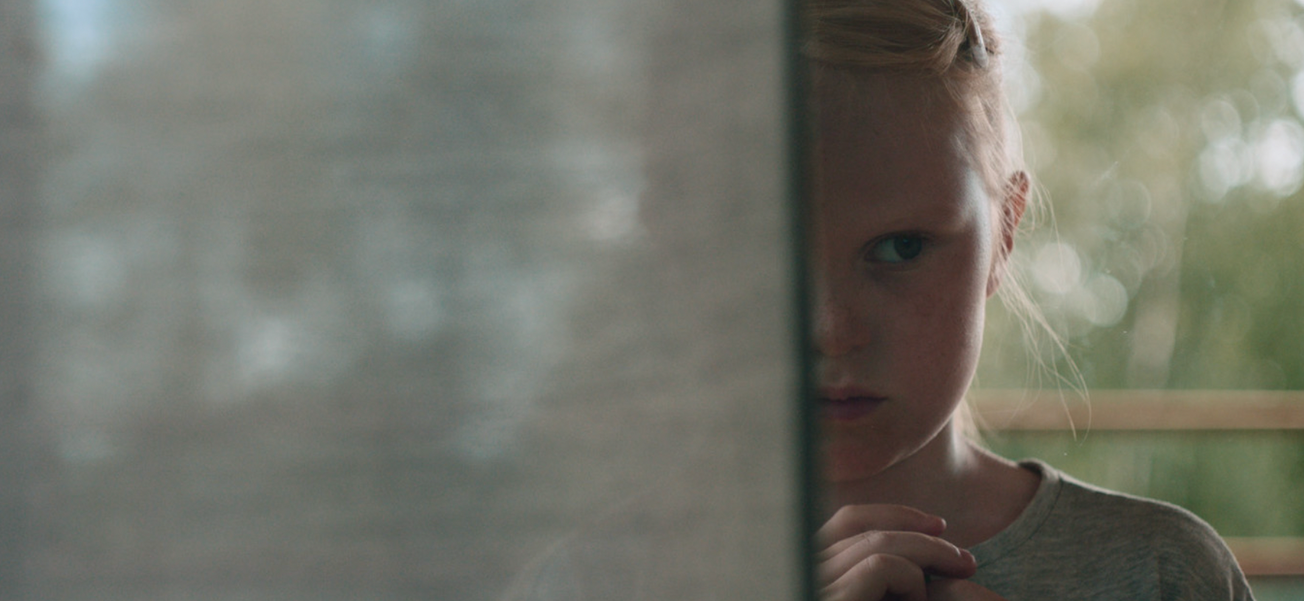By Erin Byrne, Second Year, English Literature
The Innocents, or De Uskyldige in its original Norwegian title, centres around sisters: Ida (Rakel Lenora Fløttum) and her autistic, older sister, Anna (Alva Brynsmo Ramstad) whose family moves them to a residential estate of tower blocks which is seemingly situated in a forest. After a while of living there, the two make friends with two other children who live in the estate: Ben (Sam Ashraf) and Aisha (Mina Yasmin Bremseth).
They play together and soon the two friends come to demonstrate supernatural powers, with Anna eventually realising that she possesses them too. The film has consistent undertones of violence and mistreatment which eventually amplify as their use of psychic powers raises the stakes. The young cast pull off brilliantly disturbing performances with the complex task of representing contradictory characteristics such as obscene cruelty and excruciating forms of empathy.

One of the more difficult topics considered is that of Anna’s regressive form of autism, rendering her non-verbal. Many viewers may find it unnerving that a character whose story arc is defined by their condition is portrayed by a neurotypical actor. Within itself, the film also covers myriad challenging themes such as: violence, bullying, animal cruelty, familial relationships, child neglect and ultimately seeks to ask the question: is anyone truly born evil?
This question of nature or nurture is prevalent throughout with the main villainous character, Ben being a seeming victim of child neglect and there are hints to further physical abuse such as unexplained bruising visible on his body. This perhaps explains his dispassionate, unempathetic relationship towards his mum and further creates a conversation around whether his treatment at home led to his violent and destructive attitude towards others.

With the film being set in one residential estate, the outcome is an incredibly claustrophobic atmosphere, with the tower block itself acting as a daunting, bleak setting which looms over all of the children and their unknowing parents.. This claustrophobic atmosphere presents the children’s futures as being one of impending doom, the small cast size also adding to this feeling of entrapment.
There are many close-up shots, further pertaining to the claustrophobic atmosphere and suggesting that the horror to come is unavoidable. The scenes sometimes flip between dark and light shots in a way which isn’t dissimilar to ‘The Upside-down’ in Netflix’s Stranger Things (2016-), however, in The Innocents, the use of dark shots is so infrequent that whenever they occur within the plot, they create an overwhelming sense of panic.

The suffocating atmosphere can be seen as a cynical representation of the cruel nature of human beings and the ruthlessness of children as they struggle through loneliness, isolation, bullying and most importantly for this film, they battle with learning between and acting upon what is right and wrong. The Innocents is a terrifying observation of the cruelty and violence hidden beneath the naturally innocent exterior of these children.
It leaves the viewer with a lot of ‘food for thought’ about the capacity of human beings to mercilessly cause pain and in Ben’s case, to enjoy doing so. Balancing on an increasingly frightening edge due to its focus on natural violence as opposed to the supernatural, the viewer remains entranced by this unique and thought-provoking thriller.
Featured Image: IMDB
Do you feel The Innocents was truly so innocent after all?








